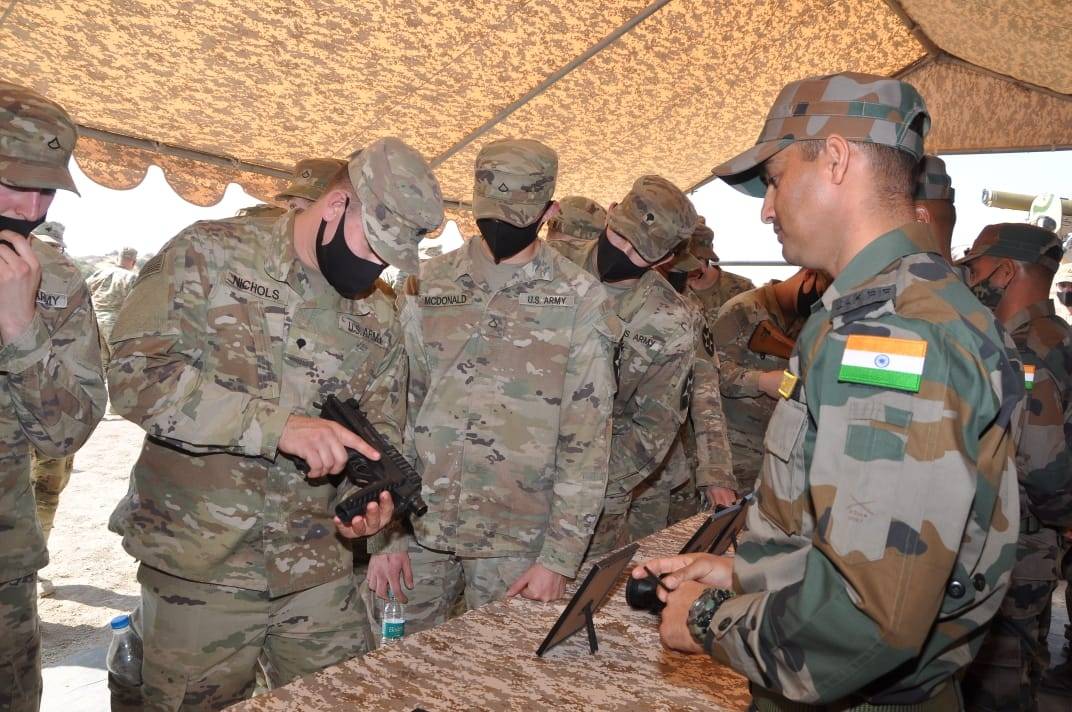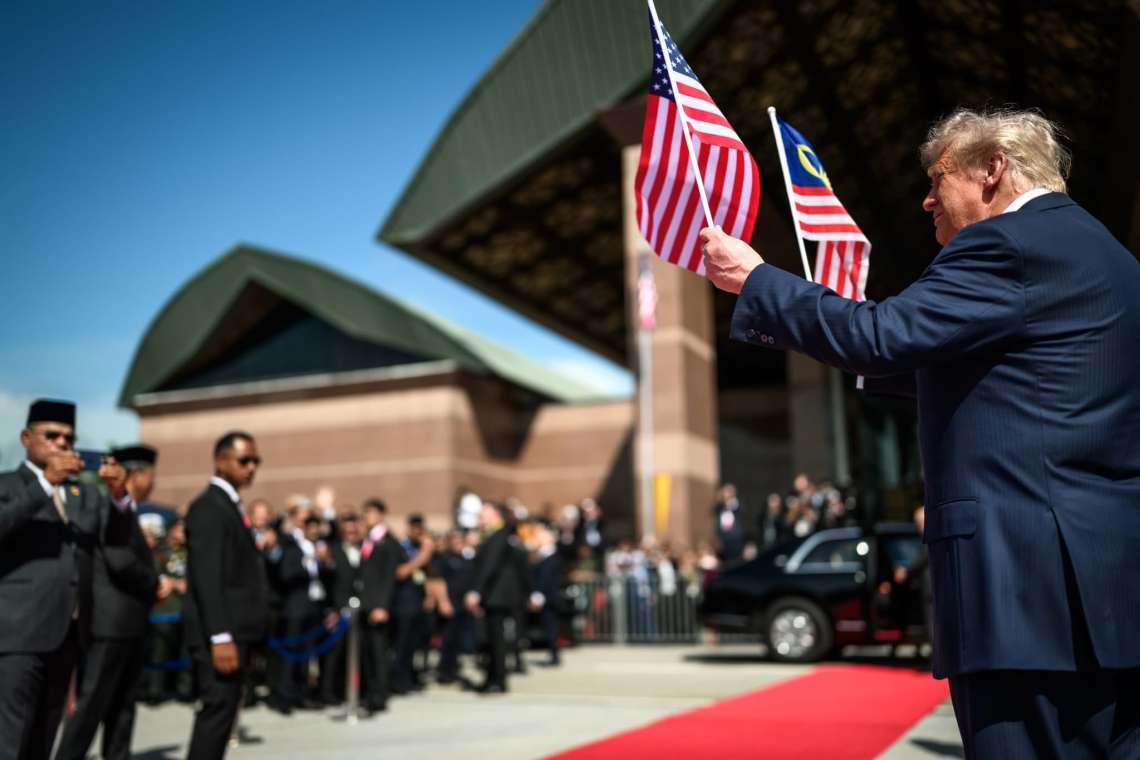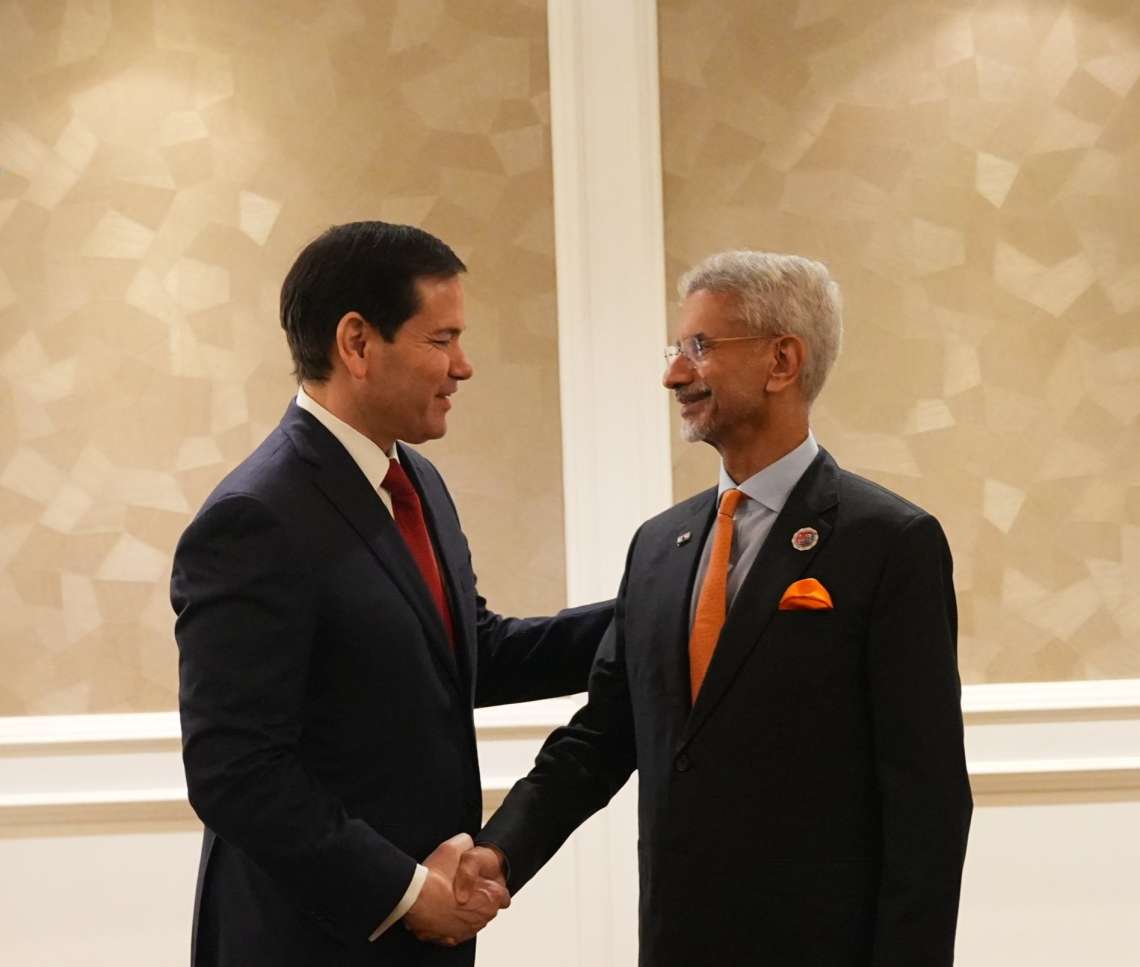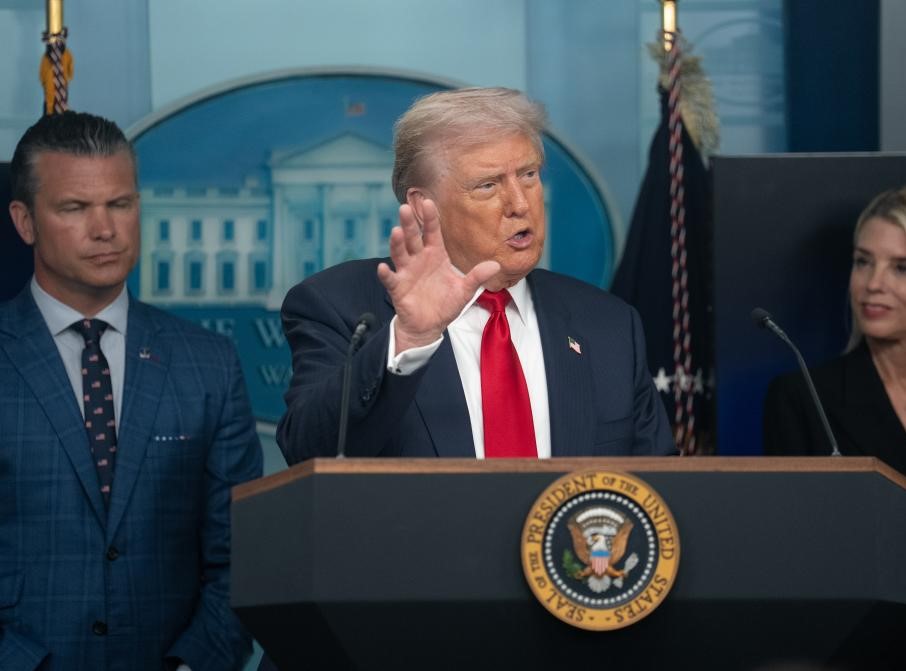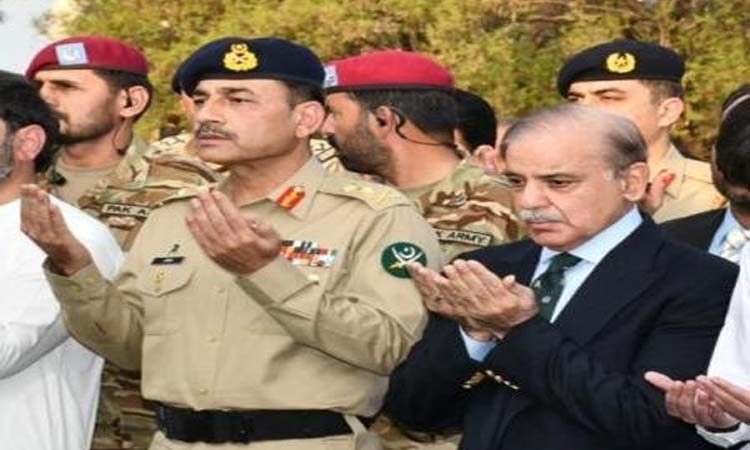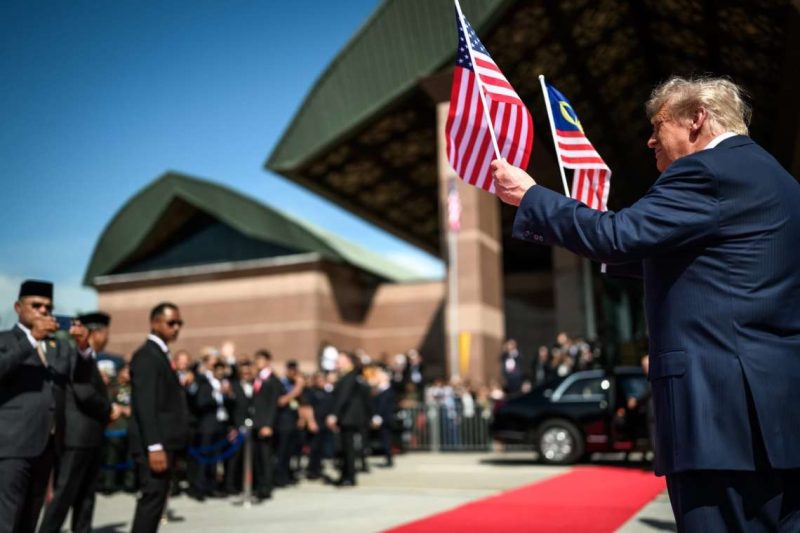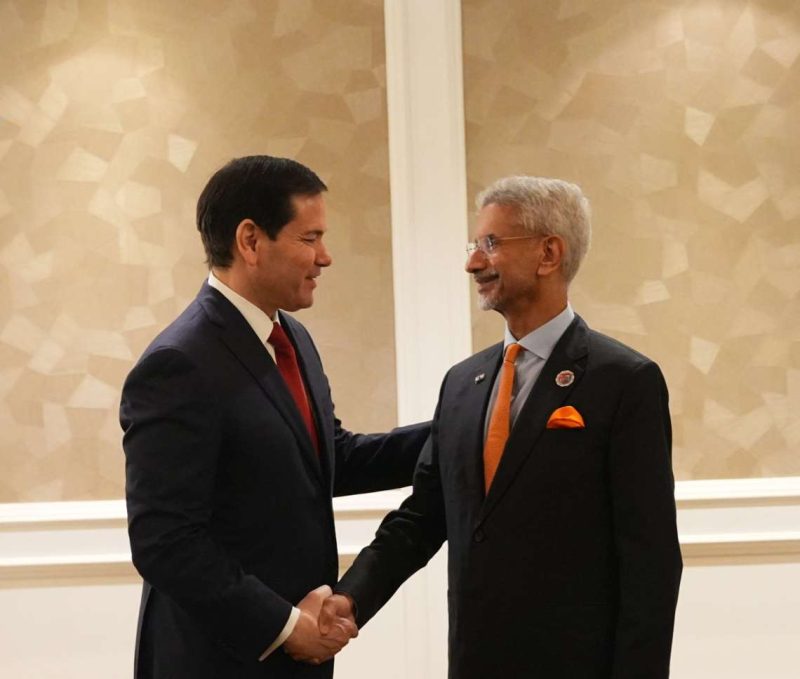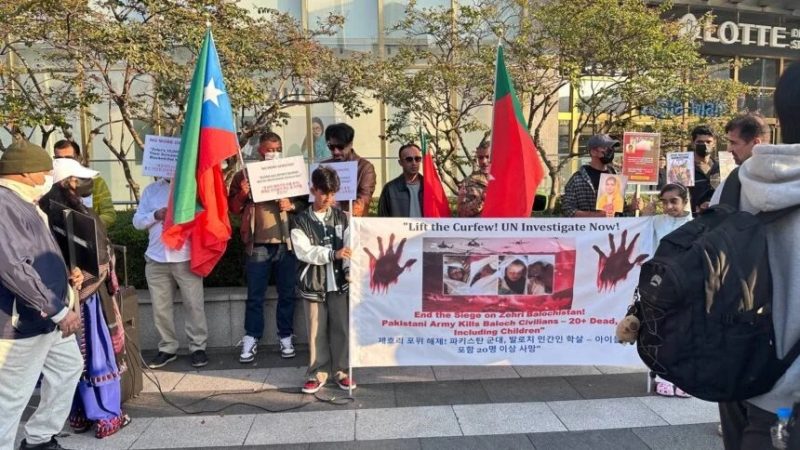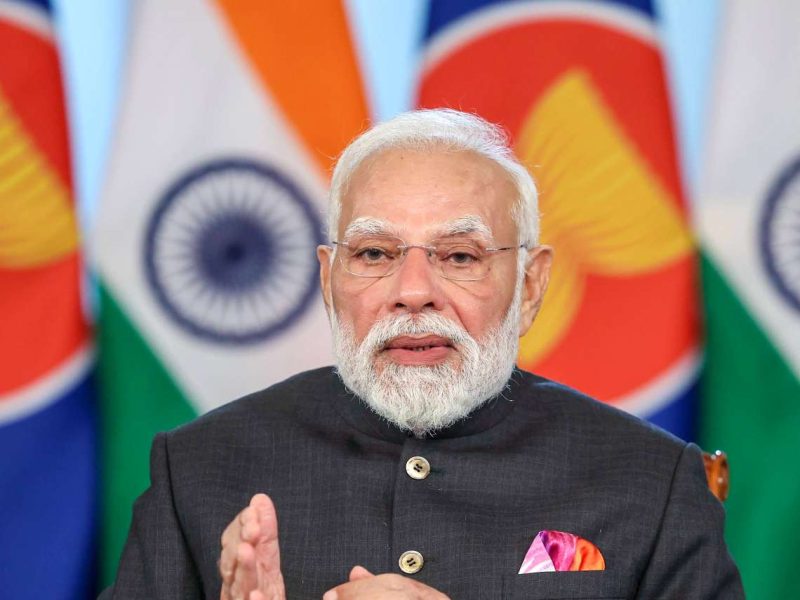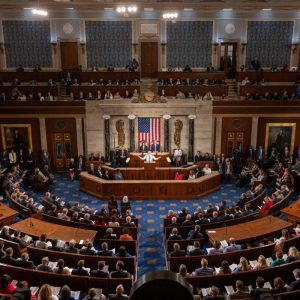The 14 days training schedule includes activities on joint training in a Counter Insurgency / Counter Terrorism environment under the United Nations mandate, reports Asian Lite Newsdesk
The 17th Edition of Indo – US joint training exercise “Ex Yudh Abhyas 21” commenced at Joint Base Elmendorf Richardson, Alaska (USA) on Friday with an opening ceremony that saw the unfurling of the National Flags of both countries amidst playing of the National anthems, “Jana Gana Mana” and “The Star-Spangled Banner”, informed the Ministry of Defence on Saturday.
According to the ministry, 300 US Army soldiers belonging to First Squadron (Airborne) of the 40th Cavalry Regiment and 350 soldiers of 7 Madras Infantry Battalion Group of Indian Army are participating in the exercise. The 14 days training schedule includes activities on joint training in a Counter Insurgency / Counter Terrorism environment under the United Nations mandate.
During the opening ceremony Major General Brian Eifler, Commander US Army, Alaska, formally welcomed the Indian contingent. He urged both contingents to focus on improving cohesion and interoperability to achieve the training objectives of the exercise. He stressed upon the importance of the free exchange of ideas, concepts and best practices between the troops and the necessity to learn from each others’ experiences.
The joint exercise will facilitate both Armies to know each other better, share their wide experiences and enhance their situational awareness through information exchange. This will help them in undertaking joint operations at the Battalion level in mountainous terrain with cold climatic conditions under the ambit of the United Nations.
Few days ago, the main India-US strategic defence coordination panel had discussed increasing cooperation in the Indo-Pacific region with “like-minded partners” as security ties between the two countries expand, according to US Defence Department spokesperson Lt Col Anton Semelroth.
The meeting of the US-India Defence Policy Group (DPG) co-chaired by India’s Defence Secretary Ajay Kumar and Colin Kahl, the US Under Secretary for Defence Policy, “discussed opportunities for enhanced cooperation with like-minded partners to sustain a free and open Indo-Pacific”, Semelroth said.
Although the leaders of the Quad — the group of India, the US, Japan and Australia — have so far ruled out a defence pact component to their cooperation mainly because of New Delhi’s wariness, Indian and US leaders have spoken of expanding security cooperation in the region.
The only joint action of the Quad members has been the annual Malabar naval exercises, which reincluded Australia last year. The latest exercise took place in August.
The meeting of the defence officials was the latest in a series of high-level meetings between the two countries as they draw closer in the face of an aggressive posture by China in the region.
US Deputy Secretary of State Wendy Sherman met India’s External Affairs Minister S. Jaishankar and Foreign Secretary Harsh Vardhan Shringla in New Delhi for discussions that included growing security relations.
Last month in Washington, Prime Minister Narendra Modi met President Joe Biden, who “reaffirmed the strength of the defense relationship between the US and India and the unwavering commitment to India as a Major Defense Partner”, according to the White House.
Two areas that figured in the DPG meeting — expanding defence cooperation with regional partners and information sharing — were emphasised by Biden during the meeting with Modi.

That was followed by a summit of the Quad which Modi and Biden held with Prime Minister Scott Morrison of Australia and Yoshihide Suga, who was at the time Japan’s Prime Minister.
Before that in September, India’s Chief of Defense Staff General Bipin Rawat met with US Defence Secretary Lloyd Austin and discussed expanding multilateral cooperation with regional partners and enabling the militaries of the two countries to work together in operations.
Austin was the first cabinet-level official to visit India when he met with Modi and Defence Minister Rajnath Singh.
The DPG meeting also “laid the groundwork” for the 2+2 dialogue of Jaishankar and Singh with US Secretary of State Antony Blinken and Defence Secretary Austin to be held later this year, Semelroth said. (with report from Arul Louis)


